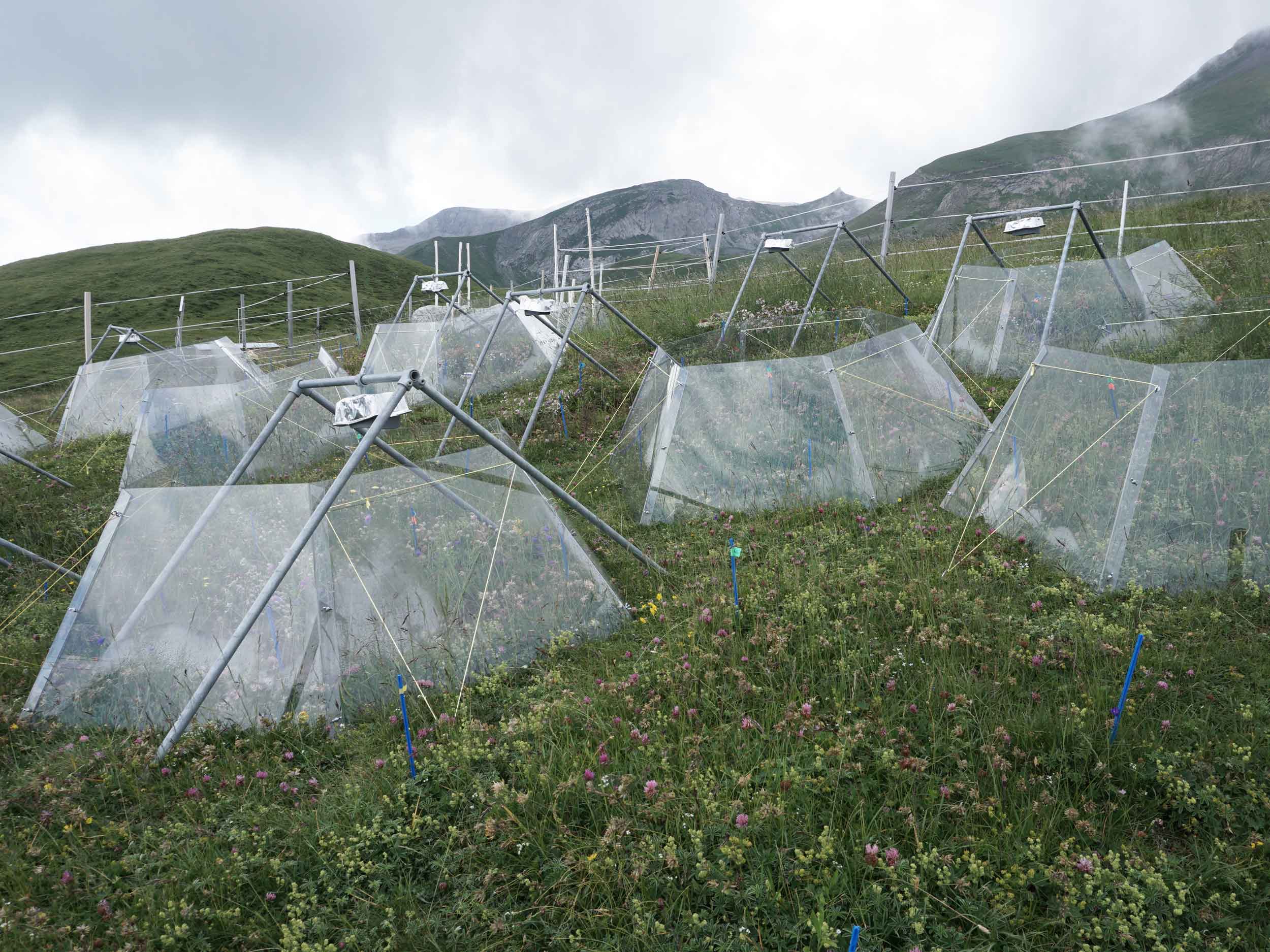Alpine meadow and forest floor: How species interact

Without bumblebees, our alpine meadows would be much less colorful, and without young seedlings, the Jura forests would be less green. Two examples show how the interaction between species works and why this is also relevant for us humans.

Plants are the foundation of biological communities, providing the underlying structure of entire food webs. Interactions between plants and other organisms are the glue that hold ecological communities together and allow them to provide the functions on which our society depends. However, climate and other environmental changes are causing some species to be lost from communities, and new ones to arrive, rewiring the web of interactions among species. What are the consequences of these changing interactions? How do scientists study them? This exhibition addresses these questions by giving visitors hands-on experiences with plant communities and the tools that ecologists use to understand them across Swiss landscapes.
Our exhibit contains two stations representing two of the most iconic Swiss ecosystems. First, an alpine meadow translocated to Zürich from the mountains of Graubünden, where visitors experience how plant species interact with one another to support biodiversity, and how they are changing over time. We also illustrate how plant-pollinator interactions function in this ecosystem using a live bumblebee colony. Second, we recreate a forest floor from the Jura mountains, where we demonstrate the role seedlings play in regenerating forests over time. At each station, visitors are invited to join in hands-on activities to “study” different plant ecology topics using tools and methods employed by researchers. The exhibit feature a “data center” where visitors integrate the data they collect during the activities into a larger dataset and see their results analyzed in real time.
